60 Ways You Can Save More Money in 2020

60 Ways You Can Save More Money in 2020
Is saving more money one of your New Year's resolutions?
The dawn of the year is a great time to set some financial resolutions so you can start the new year off right.
If one of your goals for 2020 is to increase your savings, we've got 60 suggestions for you. They're sure to help you pad your savings accounts and end the year with a higher net worth than when you started.
Previous
Next
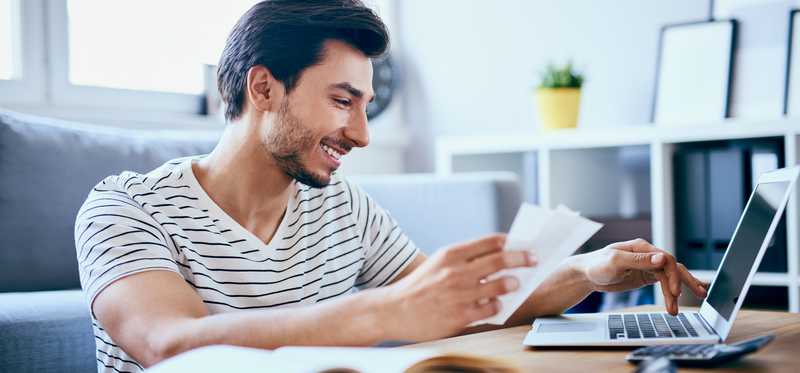
1. Set up automatic transfers to savings
One of the best ways to make sure you're hitting your savings targets is to make automatic contributions to your accounts.
If you've set a minimum goal for the amount you want to save, set up automatic transfers of the needed sum on each payday.
If you can automatically transfer your money to savings, there's never a question of whether it will get there. Just be sure you have enough of a cushion in your checking account so your funds transfer doesn't cause you to overdraft.
Previous
Next
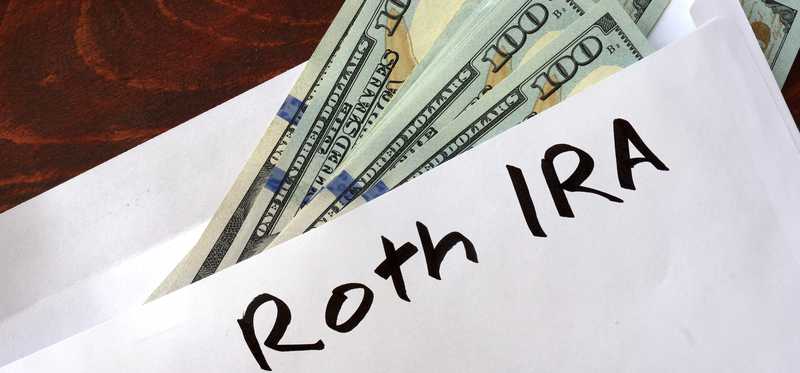
2. Open different savings accounts for different goals
It may seem silly, but having different savings accounts for different objectives can make a huge difference in how motivated you are to save -- and how likely you are to raid the account for other purposes.
If you have an emergency fund, a house down payment fund, a vacation fund, and a retirement fund, you can get more excited about putting money aside in each account because you'll know exactly what life goal you're working towards.
You may just find yourself putting in extra money because of it.
Previous
Next
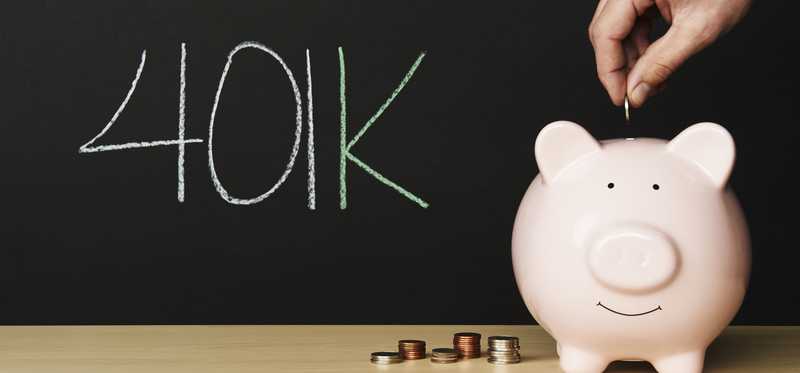
3. Make sure your money is in the right type of account
When you're saving for a short-term goal and will likely need the money within a year or so, you probably want to put it into a high yield savings account. These accounts let you earn a little bit of interest while avoiding risk.
When you're saving for a longer-term goal, on the other hand, you should look for a better return on your investment.
You could invest in bonds or CDs if you'll need the money within five years or in stocks if you don't expect to touch it for even longer.
Previous
Next

4. Avoid bank account and credit card fees
If you're paying fees for your financial services, you're wasting money that could otherwise go into savings.
Look for a bank account that doesn't charge you monthly maintenance fees or ATM fees. You may need to switch to an online account.
You should also look for a no-annual-fee credit card. Or if you opt for a card with an annual fee, make sure it's worth paying because the cardholder perks and rewards points outweigh the cost.
Previous
Next
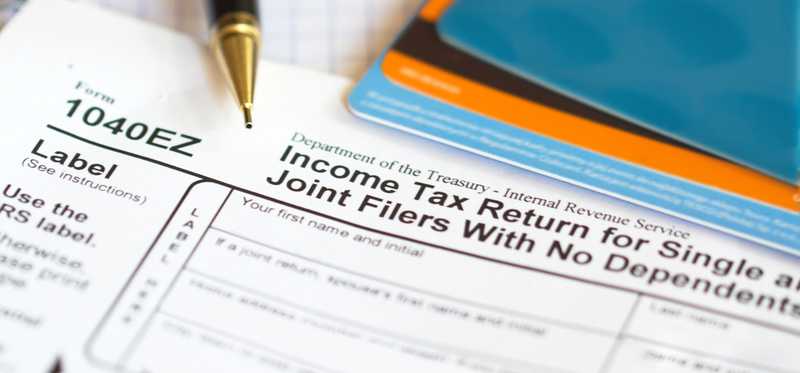
5. Take advantage of tax breaks for savers
Depending on your situation, you may be eligible to make tax-advantaged contributions to a number of different kinds of accounts including a workplace 401(k), an IRA, and a health savings account (HSA).
If you're able to save with pre-tax dollars or take a tax deduction for account contributions, always do so.
You may also be eligible for up to a $2,000 saver's credit. This is a tax credit worth 10%, 20% or 50% of your retirement account contributions, depending on your income level.
Tax breaks make saving much more affordable since your investment doesn't reduce your take-home income as much.
Previous
Next

6. Max out your employer match on your 401(k)
If you have a 401(k) at work, there's a good chance your employer will match at least some percentage of the contributions you make.
One of the best ways to increase your savings is to take full advantage of this free money. Always invest at least enough in your 401(k) to max out the match so you don't leave cash on the table.
Previous
Next

7. Watch your investment fees
Investment fees can reduce the effective rate of return you get on your investments.
While some fees are inevitable, you don't want to pay high management fees unless the asset performs far better than lower-priced options.
Always shop around to find a brokerage charging low or no commissions for buying assets and pay attention to expense ratios when purchasing funds.
Previous
Next

8. Lower your interest rates
If you have any debt at all, it may be worth looking into options to reduce your interest rate.
This could mean moving your credit card debt to a 0% APR balance transfer card; refinancing your home, auto, or student loans; or using a low-interest personal loan to pay off costly credit card debt.
While paying off your high-interest debt entirely is always the best bet, lowering your rate as you work on debt pay-down will free up more money for you to save or could make payoff quicker.
For some debts, such as student loan and mortgage debt, paying off your loan early doesn't always make sense if you get a better return on your money by investing. If you're going to pay off your debt over decades, it's especially important to make sure you have the lowest interest rate you can.
Previous
Next

9. Negotiate to pay less whenever possible
There are many situations when asking for discounts is likely to be successful, thus freeing up more money to save.
If you owe medical debt, you could likely negotiate to pay less if you make a lump sum payment. Or you could ask your credit card company to lower its interest rate or waive the annual fee to compete with another card offer. Some card issuers will do so.
When making large purchases, it's also sometimes possible to negotiate, especially if there's lots of competition among sellers. Some companies even have policies of matching or beating lower-priced offers.
ALSO READ: How to Make Credit Card Companies Fight for Your Business
Previous
Next

10. Appeal your property taxes
If you're a homeowner, you probably pay several thousand dollars per year in property tax.
You might be able to get this bill lowered by appealing your assessment. Your township should provide instructions on how to do this, but it usually involves providing an appraisal or comparable sales to show your house is valued too high.
If you can reduce your property tax bill, this frees up extra money every year that you can put into savings.
Previous
Next

11. Consider downsizing or getting a roommate
Housing is a major expense for most Americans and if you're spending a lot on your house, it may be hard to find spare cash to save.
If you struggle to put away money for the future, consider whether you could downsize to a less costly living arrangement or could get a roommate.
While this is a drastic change, it can also free up a ton of extra cash for you to save without necessitating cutting tons of little expenses from your budget.
Previous
Next

12. Cut your car payment
Cars can be very expensive, and the average car loan balance has grown dramatically for Americans in recent years.
Consider whether you could sell your expensive newer car and pay cash for a used one. You could save the difference. Or if you are a multi-car family, you may even want to evaluate whether you could get rid of one of your cars altogether.
Like downsizing your house, changing your mode of transportation is a big move. But it's also something you just do once to free up cash for months or years to come.
Previous
Next

13. Autopay your bills
Setting up autopay ensures you never miss a payment. This helps you save because you can avoid late fees. You'll also protect your credit score, as a single late payment could have a dramatic impact.
You can set up autopay for the minimum payment, but it's ideal to make automatic payments in full on all your bills to avoid interest charges. Just be sure you have enough in your bank account so you don't overdraft and end up paying even higher fees.
Previous
Next

14. Set SMART savings goals
Setting goals is a key part of increasing your savings in 2020. But you don't just want to set vague goals that are really just wishes. Instead, you need your goals to be SMART, which stands for specific, measurable, attainable, relevant and time-based.
If you have a clear realistic goal for how much you want to save by the end of the year, you'll know exactly what's involved in achieving it and can track your progress throughout the year to make sure you'll hit your savings target.
Previous
Next

15. Create some visual aids to remind you why you save
Saving is easier when you're motivated and there's no better way to get excited about it than to remind yourself what you're sacrificing for.
If you're saving for a dream home or early retirement, print a picture of your ideal house or of the beach you want to relax on in your golden years. Carry it in your wallet right above your credit card so whenever you spend, you're reminded that you could be saving for your future goal instead.
You may also want to make some visual aids to track your saving progress, such as a thermometer with your savings target on top that you color in in increments as you get closer to hitting your goal.
Previous
Next

16. Track your spending
Keeping track of purchases, either manually or with an app, can help you to boost your savings in two ways.
First, when you're tracking what you spend, you're far more likely to make conscious spending decisions so you'll naturally spend less.
Second, you can identify problem patterns or areas where you overspend. This will give you an area to focus on as you look to free up cash to increase what you save in 2020.
Previous
Next
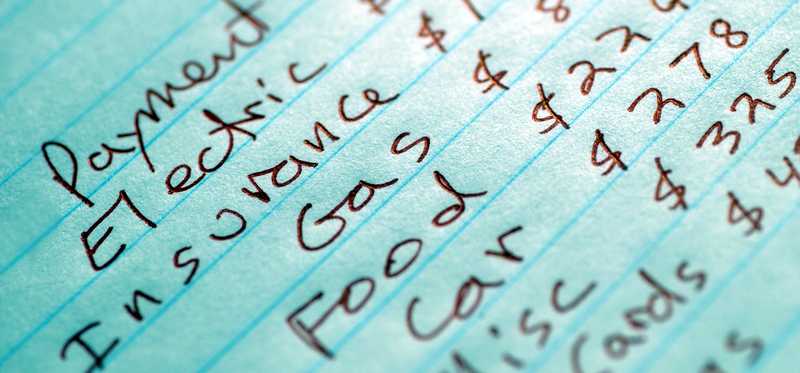
17. Live by a realistic budget
Budgeting your money is also important to spending purposefully and having enough to save -- but budgets only work if you can stick to them.
There are different budgeting techniques you could try, such as a 50-30-20 budget or an envelope-based budgeting system. They key is to make a realistic budget that works for you and that you're able to stick to over the long-haul.
ALSO READ: Budgeting 101: How to Start Budgeting for the First Time
Previous
Next
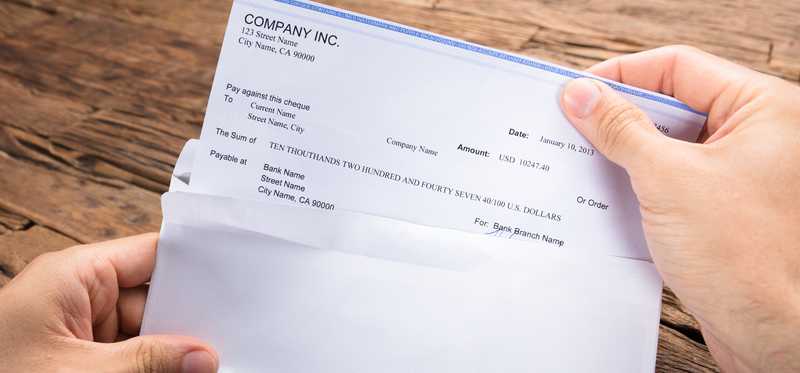
18. Negotiate for a salary boost and save your raise
You are your own best advocate at work and you owe it to yourself to negotiate for the salary increases you deserve.
This means if your employer gives you an annual raise, you should negotiate the amount. And if your employer doesn't provide annual salary boosts, you should ask for one.
When you get a raise, don't just increase your spending. Instead, divert the entirety of your additional wages directly into savings. If you save your raise as soon as you get it, you'll never miss the money and you'll accelerate the growth of your savings account effortlessly.
Previous
Next

19. Consider a side hustle
There are ample opportunities to earn extra income these days, whether you walk dogs or drive for a ride-sharing service or sell crafts online.
Find a side hustle you can do for a few hours a week and devote the entirety of your extra money to savings.
Previous
Next
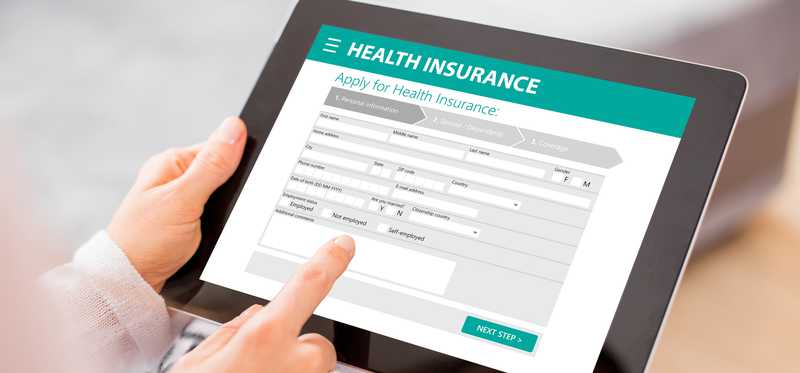
20. Optimize your insurance coverage
You don't want to pay too much for insurance coverage you don't need, so the start of a new year is a good time to review your policies.
If your car has gotten old, you may be able to drop collision coverage if it's no longer worth paying for. Or you could raise your deductible if you have a large emergency fund and could cover it.
If you can lower your insurance premiums by making changes to your policy, set up an automated transfer of the amount you saved right to your savings accounts.
Previous
Next
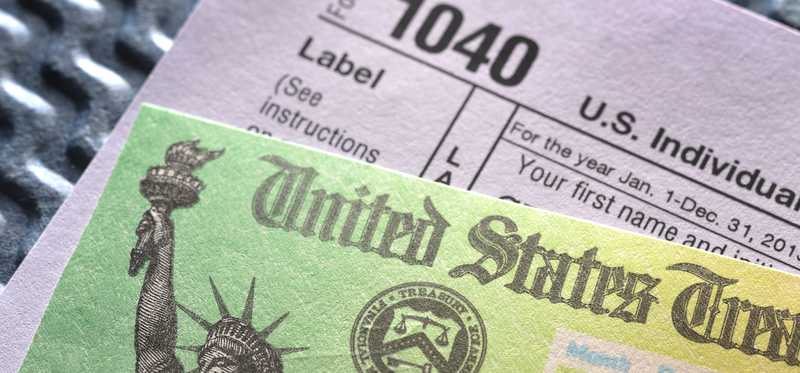
21. Deposit your tax refund directly into savings
Around three-quarters of Americans get a tax refund. If you're one of them, this is a great opportunity to put a big chunk of money into savings all at once.
Move your money into your savings account as soon as the refund check comes so you aren't tempted to spend it on anything else. Or you could even opt to have your refund directly deposited into a savings account.
Previous
Next
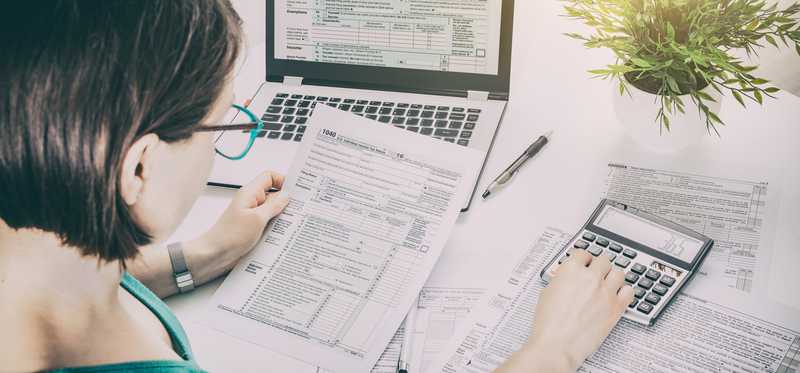
22. Adjust your withholding so you don't get a tax refund in 2021
While saving your tax refund is a smart move, it's even smarter not to get a tax refund at all.
When you get a refund, it's because you overpaid the IRS and lent them your money interest-free. You're better off adjusting your tax withholdings with HR so you don't have to wait for your money to come back to you.
You can invest it during the year to earn interest on it, thereby boosting the amount in your savings account.
ALSO READ: Here's Why You Actually Don't Want a Tax Refund This Year
Previous
Next

23. Put aside any cash gifts or windfalls in savings
Commit at the start of the year to saving any cash gifts, bonuses from your employer, or other unexpected sources of cash. While spending surprise money when you get it may seem fun, you're far better off putting it towards your future.
Previous
Next
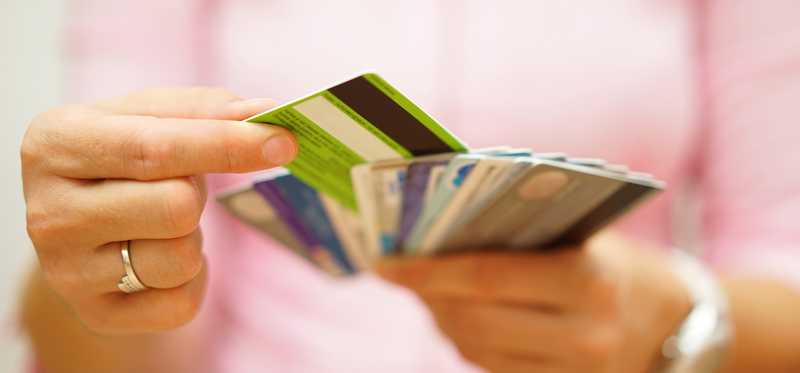
24. Bank your cash-back credit card rewards
Cash-back cards allow you to turn everyday spending into an opportunity to save. When you earn cash back on your card, transfer the money into your savings account -- or have it deposited there directly if your card issuer allows it.
Previous
Next

25. Sign up for extra cash back for online shopping
There are online websites such as Rakuten or BeFrugal that enable you to get cash back on purchases simply by shopping through their portal.
If you sign up for one of these sites, visit it before buying anything online. Click through to the merchant you were planning to shop with to get cash back equal to a percentage of your purchase.
You can still get cash back on your credit card too, so these sites essentially allow you to double dip. When you earn the extra cash back, move the money into savings.
Previous
Next
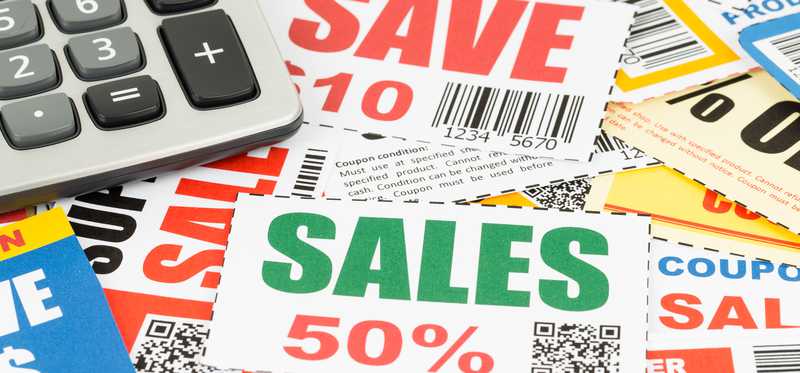
26. Start using coupons and save the money you conserve
Coupons help you save on everything from groceries to items you buy online.
Before you make any purchase, search for printable coupons, coupon codes you can use, or coupons from the Sunday paper (you can buy these online for a few cents each if you don't want to get the paper and clip them).
Tally up the savings you realize from shopping with coupons and transfer this found money into your savings account.
Previous
Next

27. Enroll in keep the change
Some banks, such as Bank of America, allow you to enroll in a program where every purchase made with your debit card is rounded up to the nearest dollar and the change is transferred to a savings account.
There are also apps that enable this, although they typically charge a small fee.
Signing up for this type of program is like a high-tech version of dumping your pocket change into a jar. Since so few people pay with cash anymore, it can be a great way to effortlessly save.
Previous
Next

28. Consider an automated savings app
There are lots of different apps out there designed to make saving effortless. Some analyze your checking account and move money to savings when it appears you have spare cash while others allow you to tip yourself for positive behavior.
Some of the apps charge a small fee, but if they help you to effortlessly increase your savings rate, the fee may be worth paying.
Previous
Next

29. Play some savings games
If you make saving fun, putting more cash aside won't seem like a burden.
You can try a 52-week challenge where you start by saving $1 in the first week of the year, then $2 in the second week, and $3 in the third week and so on throughout the year. This trick alone would leave you with $1,378 by the time 2020 comes along.
You could also save all your $5 bills you get back in change or challenge your spouse to see who can make the cheapest dinners.
Previous
Next

30. Institute no-spend days, weeks, or months
No spend days, weeks, or months are exactly what they sound like -- you commit to buy nothing or, in a longer-challenge, to pay for only essentials.
No-spend periods not only help you save because you aren't buying anything during the challenge, but they also help you change your mindset to one of saving rather than spending.
To up the ante, you could challenge your partner or a friend to see who can have the most no-spend days each month or who can go the longest without breaking the no-spend trend.
Previous
Next

31. Get an accountability buddy
When you have to report your progress to someone else, you're far less likely to go over your budget or short-change your savings goals.
So to make sure you stay on track, enlist your partner or a friend or relative who also wants to save more. You can schedule regular check-ins where you each report how you're progressing in your goals to spend less and save more.
Previous
Next

32. Drop unnecessary memberships
Are you a gym member even though you don't go to the gym very often? Do you have a wine-of-the-month club you aren't enjoying?
Many people have memberships they keep out of habit even though they aren't really worth paying for any more. If this sounds like you, cancel the membership and immediately redirect the money you were spending on it to savings.
Previous
Next

33. Slash your electric bill
Money wasted on electricity is cash you can't invest for your future. So look for ways to bring your electric bill down so you can keep more of your hard-earned money.
You can switch to CFL lightbulbs; get a power strip so you can turn off electronics that use phantom power; and get a cover for your water heater so it stays insulated and the water stays warm longer.
You could also switch to a programmable thermostat and turn your thermostat up or down a few degrees so you use less heat or AC.
When your electric bill comes in lower than expected, save the extra money you'd normally have sent to the power company.
Previous
Next

34. Cut the cord on cable
If you still have cable TV, now is the perfect time to drop it. There are an ever-increasing number of affordable streaming services you can use, so pick one to try out and cancel your cable for good.
As soon as you cancel, set up automated transfers of the amount of your cable bill to one of your savings accounts. Your total monthly outflow will stay exactly the same but now you'll be paying yourself instead of the cable company.
Previous
Next

35. Switch to a cheaper cell phone plan
Most people sign up for a cell phone plan without really thinking about how they'll use their phone on a day-to-day basis.
If you have lots of data you aren't using or are paying for more minutes than you need, consider switching to a plan that costs you less.
You may even want to look into going with a pay-as-you go cell phone provider, rather than committing to a regular monthly bill. If you make the switch, you can save the extra cash you used to pay to your cell phone company.
Previous
Next

36. Start making meal plans
Planning your meals ensures you can save at the grocery store because you'll buy only what you need and won't have wasted food.
You can also plan your weekly menu around what's on sale to save even further and have more money left to invest for your future.
Previous
Next

37. Batch cook so you have food in the freezer
Often, people end up eating out for convenience. You may be too tired to cook or may not feel like packing a lunch for work.
If you have meals in the freezer, however, you'll be far less tempted to pick up fast food or pop into a restaurant just because it seems easy. This should significantly reduce the money you're spending on dining out, allowing you to save more.
Previous
Next

38. Stock up on essentials when they go on sale
Most people buy the same products over and over. Whether its pasta sauce, toilet paper or tooth paste, you know what brands you like and how often you need to purchase new items.
Rather than buying as you need each item, consider purchasing more of one when it goes on sale. By bulk buying, you ensure you always pay the best price so can cut the costs of food, toiletries, and many other household products.
Previous
Next

39. Change the way you dine out
Reducing your restaurant costs is often one of the easiest ways to save more money -- but you don't necessarily need to give up dining out altogether.
Instead, be smart about how you do it. Dine out only when you want the experience, not for convenience. Look for coupons or deals on restaurants you can use to get your meal for less and consider going out for a less costly late lunch rather than a higher-priced dinner.
Previous
Next

40. Swear off convenience foods and snacks
Convenience food often costs much more, whether it's the vending machine snack you buy at work or the pre-cut fruit or pre-washed lettuce.
There's generally little reason to pay a premium for these easy items if you just plan ahead a bit. Buy some snacks to keep in your desk so you won't be tempted to use the vending machine and opt for fresh whole ingredients.
Sure you'll have to do a little bit of extra prep work, but you'll save more and likely also cut down on packaging waste that often comes with pre-packed convenience foods.
Previous
Next
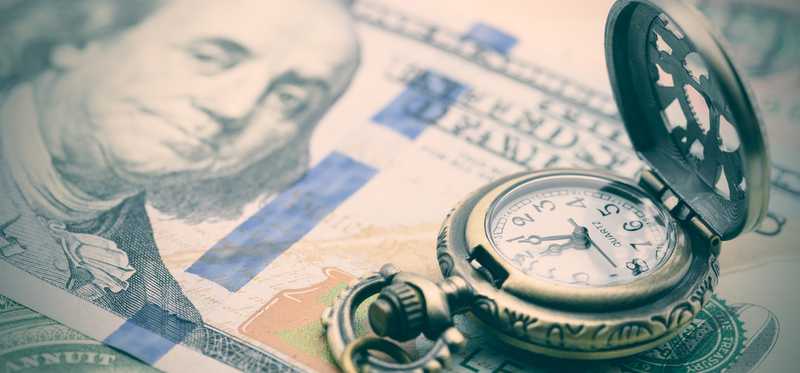
41. Live by a 24- or 48-hour rule
Impulse buying is often a big waste of money and random unexpected purchases can make saving much harder.
To avoid spending your hard-earned cash on splurges that don't add value to your life, make a rule that you won't make purchases until you've thought about them for 24 to 48 hours.
This gives you time to consider whether the item is one you really want or whether your infatuation with it was just a passing fancy you quickly got over.
Previous
Next

42. Change your drinking habits
Buying alcohol or soda out at restaurants and bars can be incredibly overpriced. You're far better off drinking water when you head out and indulging in your tastes for a nice glass of wine when you make a good meal at home.
If you want to drink on social occasions, try to limit yourself to just one at the bar or restaurant so you reduce the amount you spend.
It's not just alcohol that can cost you a pretty penny either. Many people waste lots of money on soda, which isn't very good for you anyway, or on buying bottled water.
Invest in a good water bottle -- you can even find self-filtering ones -- and opt to drink from that instead. You'll be much healthier and you'll save a lot of cash. .
Previous
Next

43. Commit to reusing and recycling
When things break or get old, it's tempting to just go out and buy the latest and greatest model.
Instead, try to see if you can make due with what you have. You could up-cycle that old dresser with a new coat of paint, perhaps, or could take your shoes to the repair shop to have the sole fixed rather than buying a new pair.
You can also try to find new uses for old items. Recycling and re-purposing can save you from spending on something new while also helping to reduce the amount of stuff ending up in a landfill.
Previous
Next

44. Learn the sale cycles
Most items go on sale on a predictable schedule. You can track prices of items you buy regularly to see when they're at their cheapest and how often they go on sale. Then, when prices hit rock bottom, buy enough to get you through to the next likely sale.
Big-ticket items also tend to go on sale at the same times during the year. If you plan ahead, you can buy everything from linens to electronics for much less by strategically timing your purchases.
Previous
Next

45. Always shop with a list
Going to the grocery store without a list is just asking for trouble as stores are designed to get you to throw all kinds of little treats into your cart.
You shouldn't just make a list when you go to the grocery store, though. Keep a running tally of items you truly need so you can buy them when you see a deal.
And if you go out to the mall or a big box store or clothing store, always go with a list and don't buy anything that isn't on it.
Previous
Next

46. Never go shopping hungry
Grocery shopping hungry is clearly a bad idea because it leads to splurging on food. But research has also shown that hunger makes you more acquisitional in general.
So even if you're shopping for items other than food, you're still more likely to buy more if you haven't had a good meal before hitting the store.
ALSO READ: Never Shop Hungry, and Other Secrets to Saving Money
Previous
Next

47. Switch to generic brands
Generic brands often cost much less than their name-brand counterparts even though the taste and quality are the same. Opt for generics whenever you can and only buy the name brand if you notice a true difference in the experience.
Previous
Next

48. Shop in season
When buying groceries, always look for fresh local options. You can often save a fortune by eating in-season and shopping farmer's markets or roadside fruit and vegetable stands.
As a bonus, eating in-season options purchased locally is also better for the planet.
Previous
Next

49. Buy used whenever you can
Buying new items means that you pay a premium -- and more unwanted possessions end up in a landfill.
With a few limited exceptions such as bedding, safety items, and certain kinds of clothing, buying used is often a better bet.
You may even be able to find older, higher-quality items for less that are barely used and that are better than anything you could buy new.
Previous
Next

50. Host swap parties instead of going shopping
Sometimes, you just want to get something new. Chances are good that your friends feel the same.
But instead of hitting up the store to get a new outfit, new shoes, or the latest video game, invite your friends over for a swap party instead.
You can each bring a few items you're tired of from your own homes and swap them out with your friends for something that's new-to-you.
Previous
Next

51. Take advantage of price protection
There's nothing more annoying than buying something only to have the price drop a few days or a few weeks later.
The good news is, you may be able to save by taking advantage of price protections when this happens to you. Many websites will reduce your price if the item goes on sale within a short time after you bought it. And some credit cards will refund you the difference when a price drops soon after you made a purchase.
You can manually check in on the prices of big ticket items to watch for price drops. There are also apps out there that will track your purchase price for a small fee and help you to claim refunds you're owed under price protection policies.
Previous
Next

52. Enjoy free activities instead of paid ones
When looking for fun activities to do, always start by searching out free ones instead of defaulting to paying.
Check your local newspaper or township website to find free events in your area. You may be surprised at the number of no-cost entertainment options there are for both kids and adults alike.
If you can learn where to look for free activities you enjoy, you can slash your entertainment budget, save more, and still enjoy life.
Previous
Next

53. Trade off on babysitting with other parents
Getting out of the house is essential for your peace-of-mind as a parent. Unfortunately, child care can be very expensive.
If you have parent friends, see if they'd be interested in a child-care swap. You take their kids for their date night and they'll take yours so you can head out to see a movie unencumbered.
Working parents may also want to look into a nanny share, which could be cheaper than other sources of daycare.
Previous
Next

54. Take your credit cards off your online accounts
If you have your credit card stored with online merchants, purchasing takes just a few clicks. It's so effortless that you may do it mindlessly and spend more than you should.
If you remove your store cards, you have to think about each purchase and want it badly enough to go get your credit card and enter the numbers.
You'll likely save a lot because you'll often find that going through all the added trouble just isn't worth it.
Previous
Next

55. Unsubscribe from sales flyers and catalogs
Sales flyers and catalogs do little but encourage you to spend. And no item is a good deal if you don't really need it.
Instead of getting catalogs and notifications of sales in the mail, you can sign up on deal websites to get alerted when something you actually need to buy has a price drop.
Previous
Next

56. Shop for gifts year round
Holidays and birthdays are notorious budget-busters, but there's no reason you have to spend a fortune on gifts and compromise your savings goals.
Keep a running list of people you need to buy for. When you see a bargain any time during the year on something they'd like, buy it and set it aside for a special occasion. When the festive season arrives, hopefully you'll have a lot of inexpensive gifts at-the-ready and won't have to spend.
Previous
Next
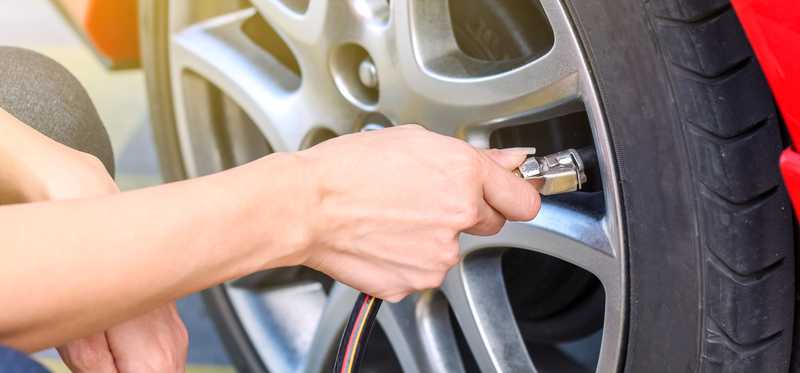
57. Keep up with car maintenance
Keeping your car in good shape can help you to avoid costly repairs and can also make your car run more efficiently so you don't waste money on gas.
Change your car's air filters, get regular oil changes, keep the car's tires inflated appropriately, and avoid overloading your vehicle with junk that weighs it down and reduces your gas mileage.
Previous
Next

58. Sell your unwanted items
Most people have stuff laying around the house they don't really want. Instead of keeping these items when they're just collecting dust, list them on Facebook Marketplace or sell them on eBay or Craigslist.
Whenever you sell something old and unwanted, transfer the money right to savings so your unused possessions can turn into a big retirement or bank account balance.
Previous
Next

59. Give up your bad habits
If you have a vice, whether it's smoking, gambling, or overspending on shoes, vow to give it up in 2020. If you need help doing so, look for therapists or support groups in your area.
Often, giving up your bad habits can lead to better health as well as leave you with more money to save.
Previous
Next

60. Vacation in the off season
Taking a vacation can help you avoid burnout and make your life a whole lot more fun.
But you don't have to splurge to have a nice trip. Consider booking a vacation during the off-season so you can cut your costs and save the extra you'd otherwise have spent.
Not only can your vacation cost much less, but you can also avoid big crowds of tourists and have a far more peaceful trip.
Previous
Next

You can save a lot of money in 2020
As you can see, there are ample ways to increase the amount of money you save in 2020. Try to follow as many of these tips as you can and enjoy watching your savings and investment account balances grow all year long.
The Motley Fool has a disclosure policy.
Previous
Next
Invest Smarter with The Motley Fool
Join Over Half a Million Premium Members Receiving…
- New Stock Picks Each Month
- Detailed Analysis of Companies
- Model Portfolios
- Live Streaming During Market Hours
- And Much More
READ MORE
HOW THE MOTLEY FOOL CAN HELP YOU
-
Premium Investing Guidance
Market beating stocks from our award-winning service
-
The Daily Upside Newsletter
Investment news and high-quality insights delivered straight to your inbox
-
Get Started Investing
You can do it. Successful investing in just a few steps
-
Win at Retirement
Secrets and strategies for the post-work life you want.
-
Find a Broker
Find the right brokerage account for you.
-
Listen to our Podcasts
Hear our experts take on stocks, the market, and how to invest.
Premium Investing Services
Invest better with The Motley Fool. Get stock recommendations, portfolio guidance, and more from The Motley Fool's premium services.